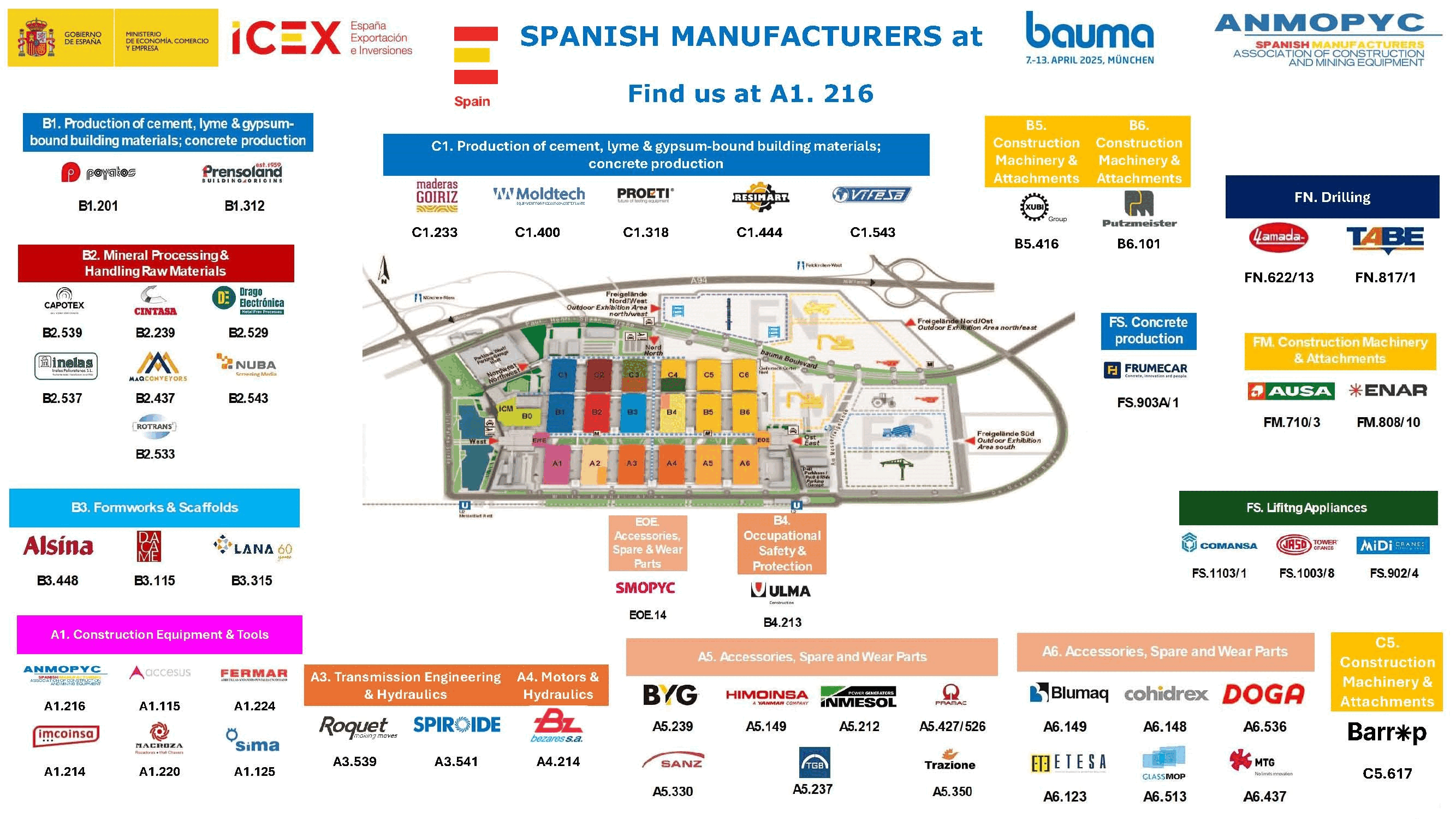European construction equipment on track with next generation of emissions-reduction
.jpg)
Anmopyc News
07 Oct 2014
European construction equipment industry on track with next generation of emissions-reduction technology, calls for balance between competitiveness and environment
• Proposed EU exhaust emissions limits are strictest in the world
• Call for swift reading of the regulation in Parliament and Council
• Need to secure sufficient lead-time ahead of entry-into-force
On September 25, the European Commission published its long-anticipated proposal for a revision of the directive 97/68/EC covering exhaust emissions reduction for engines installed in non-road mobile machinery, setting standards for construction equipment and other machinery that are the strictest in the world.
Unprecedented scope
In the construction equipment sector the regulation applies to a wide variety of machines -- from hand-held equipment to the largest mining machine -- used to erect houses, build infrastructure, operate quarries and provide emergency relief when natural disaster strikes.
The key elements of the regulation for the sector are:
• Introductory dates of 2019 to 2020;
• Limit values that will reduce emissions to extremely low levels;
• An unprecedented rate of introduction across the entire power range of equipment, irrespective of combustion cycle and fuel.
“We welcome that highly-essential requirements are met, such as a predictable introduction pace and emission limits that acknowledge the vast technological progress made in the industry”, announced Eric Lepine, president of CECE (the European Committee for Construction Equipment) and managing director of Caterpillar France. “But the proposal certainly needs further studying and refining, in particular with regard to further provisions for replacement engines and the concerns of niche equipment manufacturers.”
Complex challenge
Lepine emphasized that the construction equipment industry is working hard to provide its customers with machines offering the highest productivity and lowest environmental impact.
However, delivering the next generation of machines to the market in time will remain a complex challenge.“Product cycles are long and product diversity is huge, putting a tremendous strain on development time,” said Lepine. The sector calls on the European Parliament and Council to facilitate a swift reading of the proposal, in order to secure sufficient lead-time ahead of the legislation entering into force.
Need for global alignment
The European construction equipment manufacturers – many of them niche producers or SMEs -- already produce the cleanest and safest machinery in the world. They need economy of scale to stay competitive in a global environment and maintain profitable manufacturing sites in Europe.
“The global market for highly-regulated products is in comparative terms quite small. Europe cannot afford to deviate too much from requirements in other ambitious nations in this field”, said Lepine. “We urge the EU to maintain alignment in standards and limits with other regions, notably with the US, and actively promote worldwide alignment.”
Note to editors – essential background
• The revision of the directive 97/68/EC fits into a regulatory process that started in the early nineties and that saw several revisions since.
• Industry as well as other stakeholders have been closely involved in the directive’s review process, providing the legislator with essential technical background and data.
• The most recent changes have come into force only this very year, 2014, with the introduction of stage IV, already reducing the mass of NOx and particulates from new engines by more than 95% compared to 15 years ago.
• The next stage will bring more equipment into scope, reduce the mass of emissions further, and will additionally target the number of small particles emitted. This is expected to result in increased use of diesel particle filters (DPFs) on engine exhausts.
About CECE
CECE represents and promotes the European construction equipment and related industries towards the European Institutions, coordinating the views national sector associations and their members, and working with other organizations worldwide to achieve a fair, competitive environment via harmonized standards and regulations.The European construction equipment industry consists of around 1200 companies and employs 130.000 persons directly, with the same number in sales and services. The industry had a turnover of 25 billion Euro from European production in 2013.CECE is a network of 16 member associations in 14 countries, including Russia and Turkey, and holds office in Brussels.
• Call for swift reading of the regulation in Parliament and Council
• Need to secure sufficient lead-time ahead of entry-into-force
On September 25, the European Commission published its long-anticipated proposal for a revision of the directive 97/68/EC covering exhaust emissions reduction for engines installed in non-road mobile machinery, setting standards for construction equipment and other machinery that are the strictest in the world.
Unprecedented scope
In the construction equipment sector the regulation applies to a wide variety of machines -- from hand-held equipment to the largest mining machine -- used to erect houses, build infrastructure, operate quarries and provide emergency relief when natural disaster strikes.
The key elements of the regulation for the sector are:
• Introductory dates of 2019 to 2020;
• Limit values that will reduce emissions to extremely low levels;
• An unprecedented rate of introduction across the entire power range of equipment, irrespective of combustion cycle and fuel.
“We welcome that highly-essential requirements are met, such as a predictable introduction pace and emission limits that acknowledge the vast technological progress made in the industry”, announced Eric Lepine, president of CECE (the European Committee for Construction Equipment) and managing director of Caterpillar France. “But the proposal certainly needs further studying and refining, in particular with regard to further provisions for replacement engines and the concerns of niche equipment manufacturers.”
Complex challenge
Lepine emphasized that the construction equipment industry is working hard to provide its customers with machines offering the highest productivity and lowest environmental impact.
However, delivering the next generation of machines to the market in time will remain a complex challenge.“Product cycles are long and product diversity is huge, putting a tremendous strain on development time,” said Lepine. The sector calls on the European Parliament and Council to facilitate a swift reading of the proposal, in order to secure sufficient lead-time ahead of the legislation entering into force.
Need for global alignment
The European construction equipment manufacturers – many of them niche producers or SMEs -- already produce the cleanest and safest machinery in the world. They need economy of scale to stay competitive in a global environment and maintain profitable manufacturing sites in Europe.
“The global market for highly-regulated products is in comparative terms quite small. Europe cannot afford to deviate too much from requirements in other ambitious nations in this field”, said Lepine. “We urge the EU to maintain alignment in standards and limits with other regions, notably with the US, and actively promote worldwide alignment.”
Note to editors – essential background
• The revision of the directive 97/68/EC fits into a regulatory process that started in the early nineties and that saw several revisions since.
• Industry as well as other stakeholders have been closely involved in the directive’s review process, providing the legislator with essential technical background and data.
• The most recent changes have come into force only this very year, 2014, with the introduction of stage IV, already reducing the mass of NOx and particulates from new engines by more than 95% compared to 15 years ago.
• The next stage will bring more equipment into scope, reduce the mass of emissions further, and will additionally target the number of small particles emitted. This is expected to result in increased use of diesel particle filters (DPFs) on engine exhausts.
About CECE
CECE represents and promotes the European construction equipment and related industries towards the European Institutions, coordinating the views national sector associations and their members, and working with other organizations worldwide to achieve a fair, competitive environment via harmonized standards and regulations.The European construction equipment industry consists of around 1200 companies and employs 130.000 persons directly, with the same number in sales and services. The industry had a turnover of 25 billion Euro from European production in 2013.CECE is a network of 16 member associations in 14 countries, including Russia and Turkey, and holds office in Brussels.
 Earthmoving, Compaction, Materials handling and Transport
Earthmoving, Compaction, Materials handling and Transport
 Machinery for Mining and Construction Special Works
Machinery for Mining and Construction Special Works
 Plants and Machinery for the Production of Construction Materials
Plants and Machinery for the Production of Construction Materials
 Light and Auxiliary Equipment
Light and Auxiliary Equipment
 Lifting Equipment for Persons and Loads
Lifting Equipment for Persons and Loads
 Auxiliary Equipment and Elements
Auxiliary Equipment and Elements
 Components, Spare Parts and Accessories
Components, Spare Parts and Accessories



